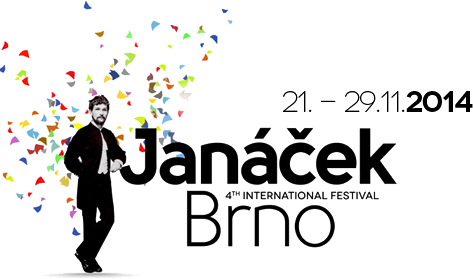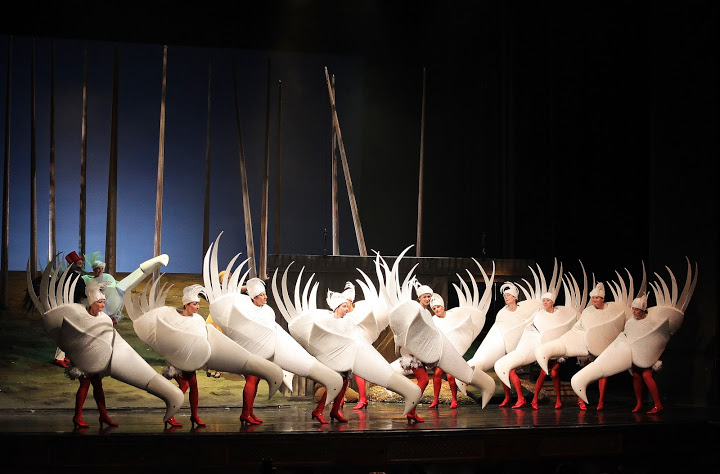Conductor: Robert Jindra
Stage director: Ondřej Havelka
Set design: Martin Černý
Costume design: Kateřina Štefková
Choreography: Jana Hanušová
Choirmaster: Martin Buchta
Choirmaster of the Kühn’s Children’s Choir: Jiří Chvála
Dramaturgy: Ondřej Hučín
CAST:
Forester: Svatopluk Sem
Vixen: Alžběta Poláčková
Fox: Michaela Kapustová
Schoolmaster, Mosquito: Jaroslav Březina
Priest, Badger: Luděk Vele
Harašta: Jiří Brückler
Forester’s wife, Owl: Jitka Svobodová
Keeper Pásek: Jan Markvart
Mrs. Pásková, Woodpecker: Yvona Škvárová
Dog Lapák: Jana Sýkorová
Rooster: Sylva Čmugrová
Hen: Michaela Šrůmová
Pepík: Daniel Matoušek / Jakub Turek
Frantík: Jakub Hliněnský / Martin Kalivoda
Little Vixen: Natalie Grossová / Tereza Šlosáková / Martina Vyhnanovská
Frog child: Matěj Kirov / Filip Koll / Matyáš Urbánek
Cricket child: Václav Preisler
Grasshopper child: Ema Doležalová / Kateřina Zikmundová
Midge child: Nikol Kouklová / Malvína Pachlová
National Theatre Choir, Kühn’s Children’s Choir
National Theatre Ballet and quests
National Theatre Orchestra
National Theatre (Prague)
The Cunning Little Vixen is the seventh of nine operas by Leoš Janáček (1854–1928). The composer wrote the libretto himself, basing it on a text by Rudolf Těsnohlídek which was written to accompany illustrations by Stanislav Lolek (who, among other things, was involved in forestry and hunting), which were printed in instalments by the Brno newspaper Lidové noviny from 7 April to 23 June 1920. Janáček ignored some sections of this illustrated series, while adding more detail to others, emphasizing the world of animals and scaling back the human characters. Unlike the ending of the illustrated series, in which Bystrouška marries the male fox, Zlatohřbítek, Janáček lets the titular heroine die. He began work on the opera slowly while he was still devoting himself wholeheartedly to the composition of Káťa Kabanová, in the summer of 1921. At that time he was working out a storyline for the opera. He started the actual composition of the new work in January 1922 and, with a few breaks, this kept him occupied until the beginning of 1924, i.e. it was completed in his seventieth year. The premiere was held in Brno on 6 November 1924 under the baton of František Neumann and directed by Ota Zítek.
This new production by Prague’s National Theatre clearly bears the imprint of the director, Ondřej Havelka, with its stylization from the swing era of the 1920s, when women began to be completely emancipated, as Bystrouška demonstrates in the opera.
This work, which blends the animal world with the human world, is not seen by Havelka as a trivial children’s story. “I didn’t want to do an illustrative production with leaping furry animals, but, on the other hand, parents mustn’t be scared to bring their children along,” he states. He sees in this work a metaphor for human life. “That is why the tails are the only animal feature,” says Havelka.








